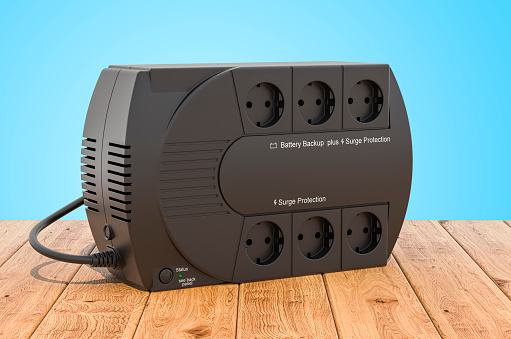Are you new to the world of uninterruptible power supplies (UPS)? Consider this UPS buying guide as an introduction to the fundamentals of UPS power supply systems and which model will best suit your needs.
Also Read: Six Benefits of Digital Signage
UPS stands for “Uninterruptible Power Supply.”
It is a battery backup power system, at its most basic, that allows the equipment to shut down correctly when the utility power goes out. Your electronic devices are less stressed by a hard shutdown, which helps avoid data loss.
Additionally, the UPS serves as a surge protector, guarding electronic equipment and devices linked to it against power issues like surges or aberrant voltages, which can damage, shorten the lifespan, or impair their performance.
What are the benefits of having an uninterruptible power supply (UPS)?
In a power outage, the UPS power supply automatically switches to battery power, which serves as a backup power source until the battery runs out. If you consume a lot of battery power, your battery life will vary. There is no risk of losing data or progress because of the battery backup’s ability to shut down critical equipment, servers, and even video gaming systems. Other power concerns can be mitigated to varying degrees by different UPS systems.
Is there a UPS system for every need?
Depending on what sort of power protection you want from a UPS system, there are three basic topologies or classifications. Line-Interactive and Double-Conversion are the two available topologies.
Do you have any specific electricity issues?
A blackout is the only form of power disruption that many people are familiar with. In this case, the power goes off for a short period and then stays out long. However, there are many more prevalent issues with power.
How large should my UPS be?
Your UPS must be large enough to handle all of the devices put into it to function effectively. You should find out your ideal UPS capacity. The UPS system’s capacity is measured in watts (measured in Watts). A system with a larger capacity can support more electronic equipment and gadgets. You’ll need to figure out how much power you’ll be putting on the UPS to do this. The total power consumed by all connected devices is known as the “Load.”
Determine the total watts needed to run each piece of equipment by compiling a list of its components. Provide a list of all devices that the UPS will be expected to support. A piece of equipment with two power supplies should only be counted once for its total wattage.
It’s always best to check with the manufacturer or the user manual to determine exactly how much power your device needs.
When the power goes off, how long do I need electricity?
When it comes to your UPS, you have already decided on its architecture and the size it should have. When a power outage happens, you’ll need to decide what to do with the battery power. What if you wanted to focus your attention on properly turning down all of your networked devices? If there’s a power outage, do you want your DVR and TV to record? No, you’d rather just save my progress and continue where you left off.
You must now figure out when everything is going to run. A UPS system’s runtime is the amount of time it can provide power to the associated devices during a power outage. The bare minimum runtime is the amount of time required to shut down your equipment properly.
During a power outage, you’ll want to know how long the UPS’s batteries can keep your equipment running if utility power isn’t available. It is important to remember that the number of watts supported impacts battery life. The shorter the runtime, the greater the power load.

















